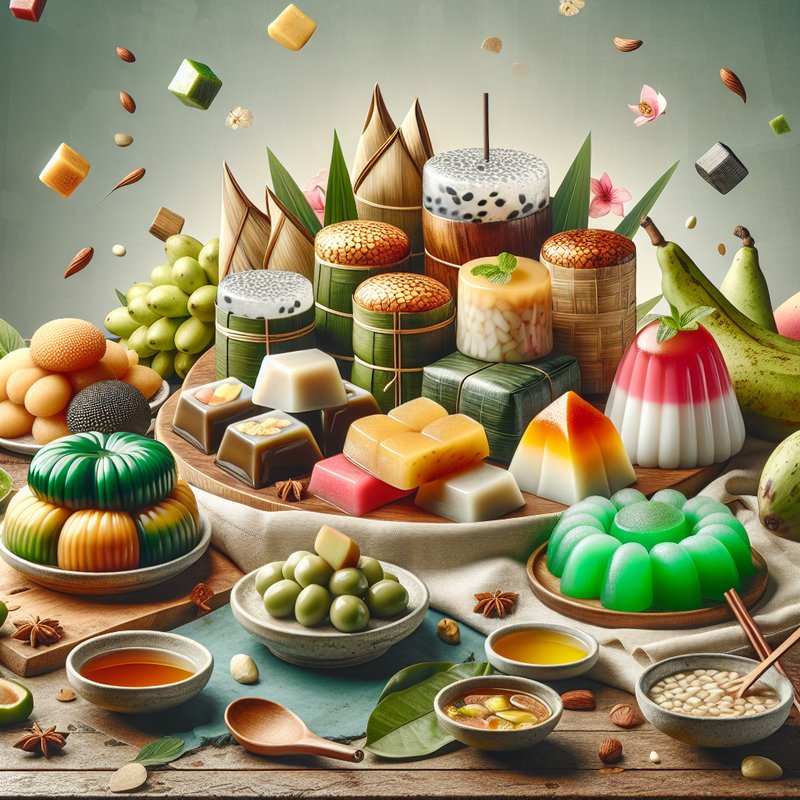A Journey Through Traditional Vietnamese Desserts

Traditional Vietnamese desserts, often made from simple, locally-sourced ingredients, offer a unique glimpse into the country’s culinary traditions. Common ingredients include rice, beans, and coconut, which are used in a variety of ways to create delectable sweets.
One of the most beloved traditional desserts is Che, a sweet soup or pudding that comes in numerous varieties. Che can be made with ingredients like mung beans, black-eyed peas, sticky rice, and even lotus seeds, all simmered in coconut milk to create a harmonious blend of flavors.
Modern Twists on Vietnamese Desserts

While traditional desserts hold a special place in Vietnamese culture, modern interpretations are becoming increasingly popular. These contemporary desserts often incorporate international flavors and techniques, creating innovative and exciting fusion dishes.
One example is the Vietnamese take on macarons, which feature flavors such as pandan, Vietnamese coffee, and passion fruit. These delicate confections blend the French art of patisserie with distinctly Vietnamese ingredients, offering a fresh and delightful twist on a classic treat.
Another modern dessert trend is the rise of artisanal ice creams that use traditional Vietnamese ingredients like lemongrass, ginger, and even fish sauce. These bold and unexpected flavors challenge conventional dessert norms and offer a new way to experience Vietnamese cuisine.
The Cultural Significance of Vietnamese Desserts

In Vietnam, desserts are more than just a sweet way to end a meal; they are an integral part of the culture and are often enjoyed during special occasions and celebrations. Many traditional desserts are associated with specific festivals and rituals, adding to their cultural richness.
For instance, Banh Troi and Banh Chay are rice flour dumplings filled with sweet fillings and are traditionally eaten during the Lunar New Year. These desserts symbolize unity and togetherness, making them a cherished part of the festivities.

Leave a Reply